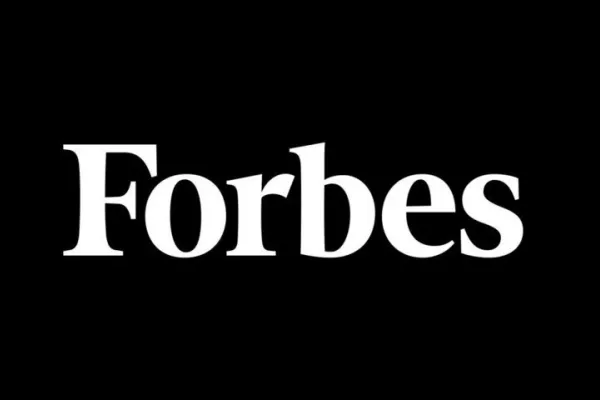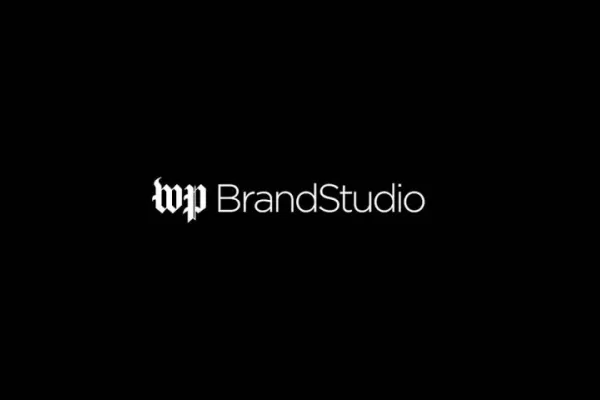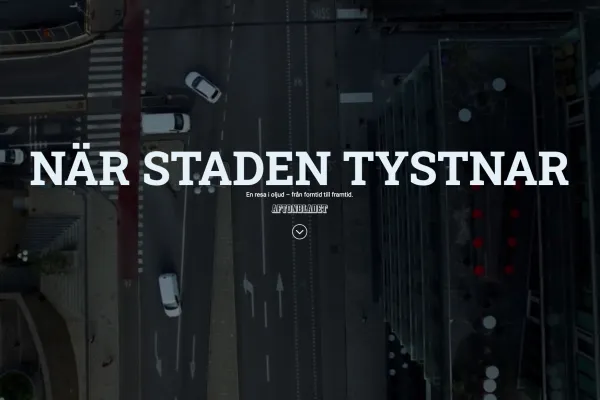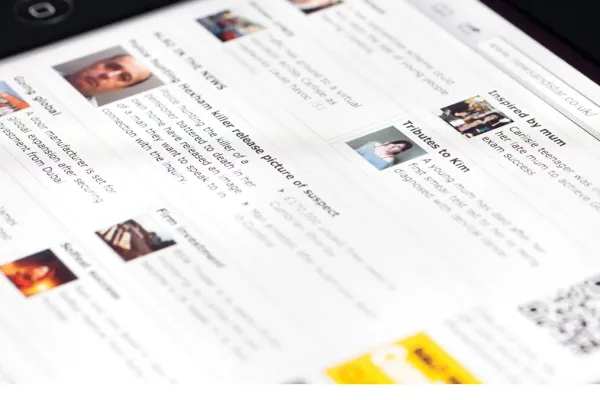
 Details
Details
A quick glance back at the history of advertising can explain why ad copy is so important. If you look at the genius minds of the 20th century that build the foundations of modern advertising, you’ll see names such as Claude Hopkins, John Caples, Rosser Reeves, David Ogilvy, and Leo Burnett.
What did they have in common? They were all master copywriters.
Even though it’s been said that an image is worth a thousand words, you don’t necessarily want to leave it up to the audience to figure out what those words are. Ad copy helps the advertiser frame the conversation and lead readers down the intended path.
David Ogilvy, widely considered the "Father of Advertising", said: “On average, five times as many people read the headlines as they read the body copy. It follows that unless your headline sells your product, you have wasted 90 percent of your money.”
Now, you might not be trying to sell a product with a native ad but you’re definitely trying to sell a click.
Let's find out how to write native ad headlines worth clicking on.
By the way, if you want to take a deeper dive into writing headlines, I highly recommend you read Advertising Headlines That Make You Rich by David Garfinkel). Also, my particular focus is creating content for native recommendation platforms like Outbrain, Taboola, and Nativo but I’m confident that these headline tricks also apply to other types of native advertising.
READ MORE: 4 Ad Headline Generators You Need to Try Today
How to Write the Best Headlines for Native Ads – 5 Pro Tips
1. Ask Questions
You probably already know that engagement can drive ad costs down. This is one of the reasons to ask questions in your ad headlines.
Questions not only grab attention but also help create empathy with your audience. There’s a psychological effect at work here. When people are asked questions, they are given the immediate perception that your ad is more relevant to them and that you care about their needs and concerns.
Ad relevance will help you drive higher click-through rates and lower costs per click, which can make your ad more competitive in the auction, awarding you more impressions.
Here are some examples of proven question headlines that you can adapt for your next native campaign:
- “Do You Recognize The Early Warning Signs Of {their pain}?”
“Do You Recognize The Early Warning Signs Of Weak Joints?” - “Are You Struggling With {something related to your product}?”
“Are You Struggling With Dog Duties?” - “Want More/Better {their desire} Without {their pain or objection}?
“Want Better Abs Without Long Gym Sessions?” - “Are You Making This Mistake In {something related to your product}?
“Are You Making This Mistake In Real Estate Investing?” - “Are You Prepared To {their desire} From {something they can take advantage of}?
“Are You Prepared To Profit From A Stock Market Crash?”
RELATED: What is native advertising?
2. Test Negative Words
“Shocking”, “Alarming”, “Plummet”, “Recession”, “Pandemic”, “Tragedy.”
It’s not uncommon to see those words repeated over and over again on the media. The reason news outlets use them so much is simple: they work.
People are naturally more attracted to negativity. It’s part of our collective personality. You’re more likely to remember the bad things that happened to you than the positive ones and negativity often has a stronger emotional pull.
But you don’t need to constantly dump negative content on native advertising platforms in order to succeed. By simply including a negative word in your headline, your results can be dramatically improved.
Here are a couple of examples:
- Positive: “The Best Dividend Stocks To Invest In Right Now”
- Negative: “The Worst Dividend Stocks To Invest In Right Now”
- Positive: “Eat These 5 Foods If You Want Stronger Bones”
- Negative: “Never Eat These 5 Foods If You Want Stronger Bones”
A slight shift in wording can make a big difference. People will go a long way to avoid making mistakes. Hence, negative words tend to be more effective.
RELATED: The biggest native advertising trends in 2024
3. Use Numbers
For some reason, people like numbered lists. My personal theory is that we want to know precisely what we’re going to get out of reading a particular article or watching a video. Whatever the reason, numbers work. Next to the popular “how to” format, listicles are the most used headlines.
List headlines are commonly used on native platforms to promote blog posts or editorial content.
Advertisers typically use these headlines as part of a top-of-funnel strategy. But can also be used for mid-funnel lead generation.
Some examples of list or numbered headlines:
- “10 Ways To Reduce Belly Fat Fast Without Leaving Home”
- “Top 15 Most Luxurious Destinations In Europe”
- “9 Huge Real Estate Investing Myths Debunked”
- “Try These 12 Ways To Deal With Anxiety At Work”
- “No Credit? Here Are 3 Simple Ways To Fix It Fast”
For the last one, you'll notice I’ve combined the question headline with the list technique. Once you get good at these, you’ll start weaving them together to create the perfect ad headline.
It's also worth mentioning that odd numbers typically work better. Some people say it’s overused but there’s a reason why - they work!
RELATED: Do you need to write an advertorial? Here's how.
4. Call Out Your Buyer Persona
“Hey Mary, check out this ad!”
If your native ad could talk, that would be its shout for attention.
I’m often asked if you should use interest targeting on native platforms. Most of the time, these questions come from social media or search advertisers who are new to native.
Facebook’s superpower is still interest targeting. That’s not always the case with native advertising. I actually recommend not using interest targeting at all when creating content for native recommendation platforms.
Instead, use your headline and description as the targeting. If possible, you’ll want to use broad targeting and let your headline call out your targetted buyer persona to attract the folks you want to reach with your content or offers.
Here's an example:
A. “Try These 5 Simple 10-Minute Home Workouts”
B. “Single Moms: 5 Simple 10-Minute Home Workouts
Assuming your audience is single moms, you can bet headline B will more effective, especially if they want to stay fit despite their busy schedules.
You might get lower click-through rates but you'll attract an audience that wants, at some point, to buy your product or service, instead of those who might just be marginally curious.
Simple, isn't it? Let's make your headlines really stand out now.
RELATED: How to do native advertising on social media?
5. Try Dynamic Text
Dynamic headlines are probably the best thing since grocery delivery apps. (You thought I was gonna say sliced bread, right? )
Some native advertisers don't use dynamic text in their headlines at all. In some cases, they might not even know it is an option. On the other side of the equation, some more experienced advertisers say it's already overused. If that’s true, it’s a sign that it works.
Dynamic text on native platforms is similar to dynamic keyword insertion on Google search. On Outbrain, for example, you can add things such as the country, city, region, and even time of day to your headline.
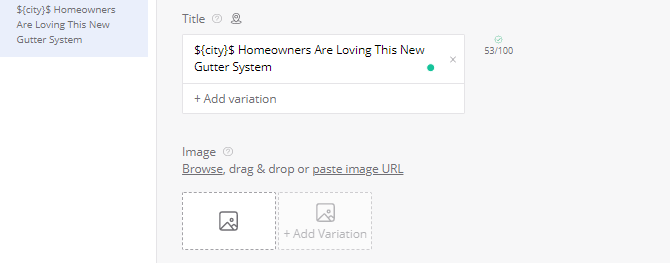
The huge benefit of using dynamic text is relevance, which helps to increase click-through rates and make you pay less per click and conversion action.
Let's say you live in Miami. Which of the following headlines would resonate more with you?
- “Homeowners Are Loving This New Gutter System”
- “Miami Homeowners Are Loving This New Gutter System”
Your primary goal is to sell the click. That’s the purpose of an ad. By making your headlines relevant to the user, your chances of getting the click improve significantly.
RELATED: How to Create the Best Visual Ads for Advertising
Takeaway
Great copywriting can sell almost anything. And writing a great headline for your native ad creative will help you make the first, and arguably most important sale: the click. If you can’t get someone to click on your native ad, it’s almost irrelevant how good the rest of the copy is written.
But in today’s dynamic media environment, words by themselves are often not enough. To truly produce high-performing ads, you need both good headlines and attention-grabbing images. If you’re ready to move on to the latter, check out my tips for selecting native ad visuals that work.
